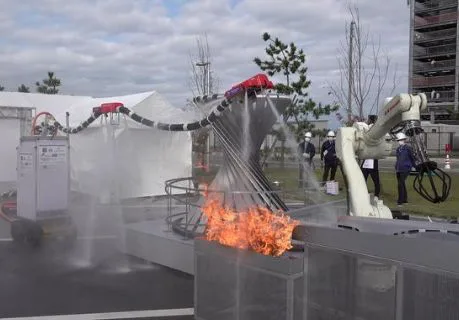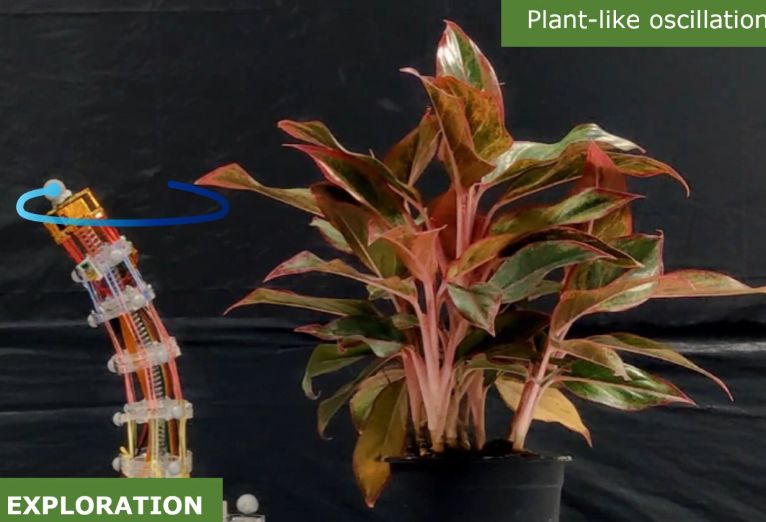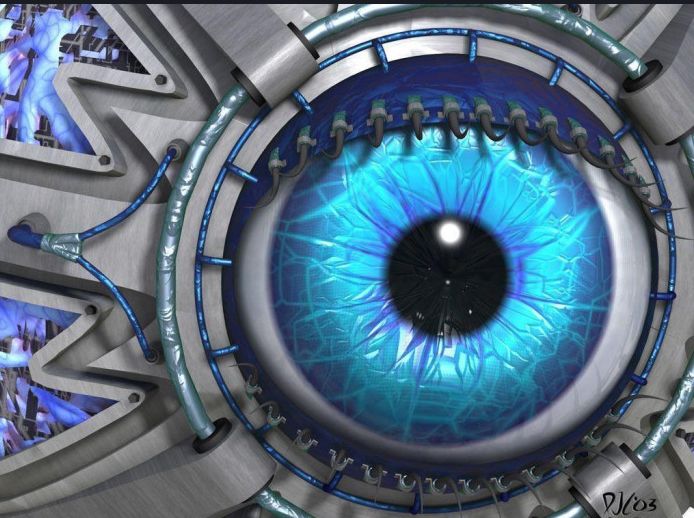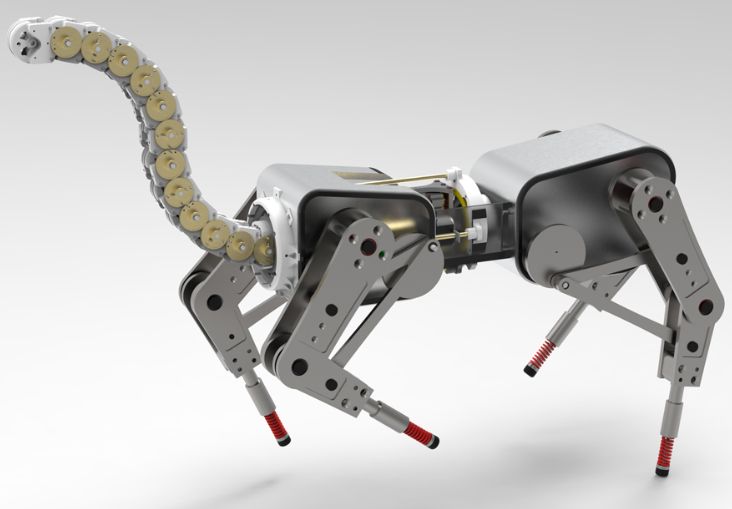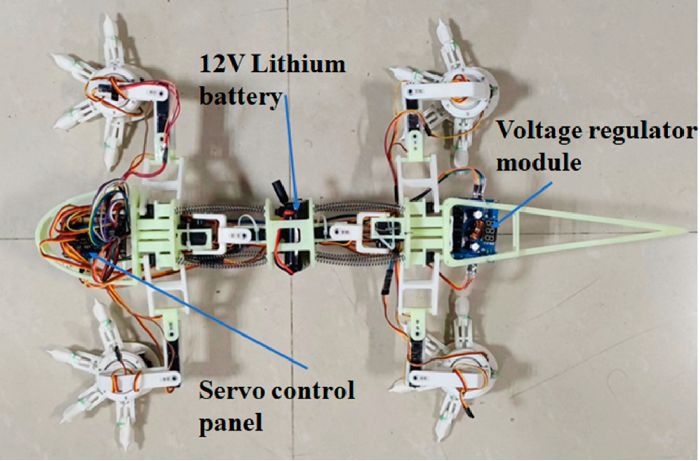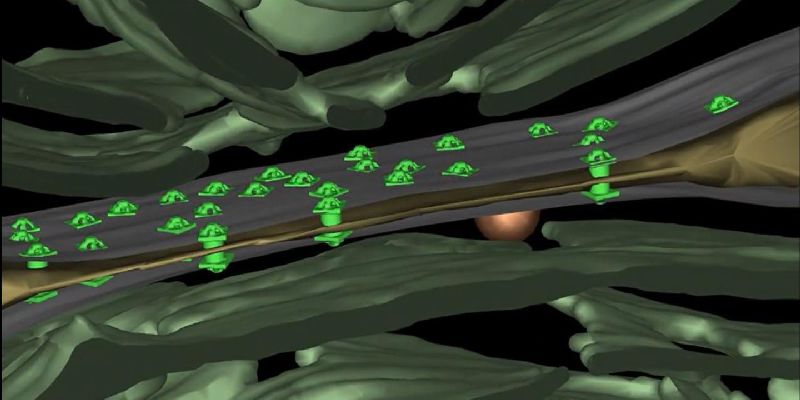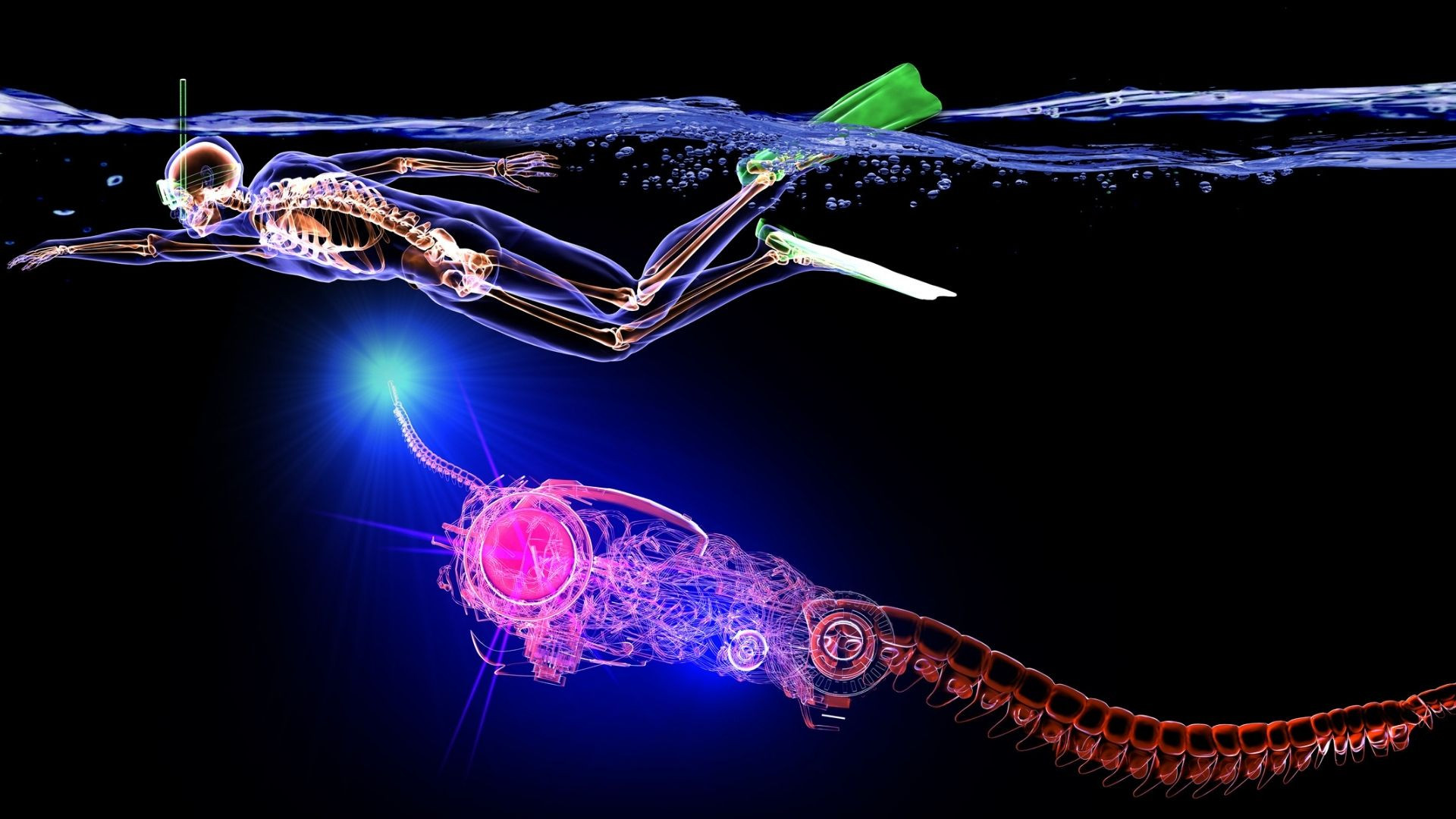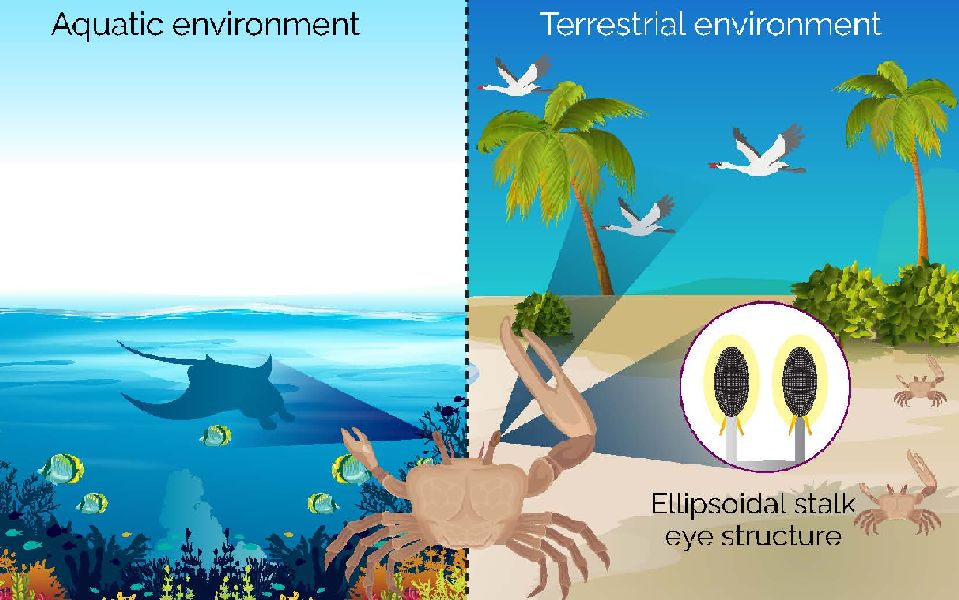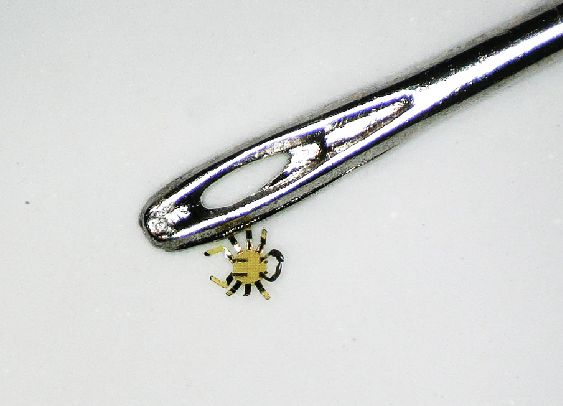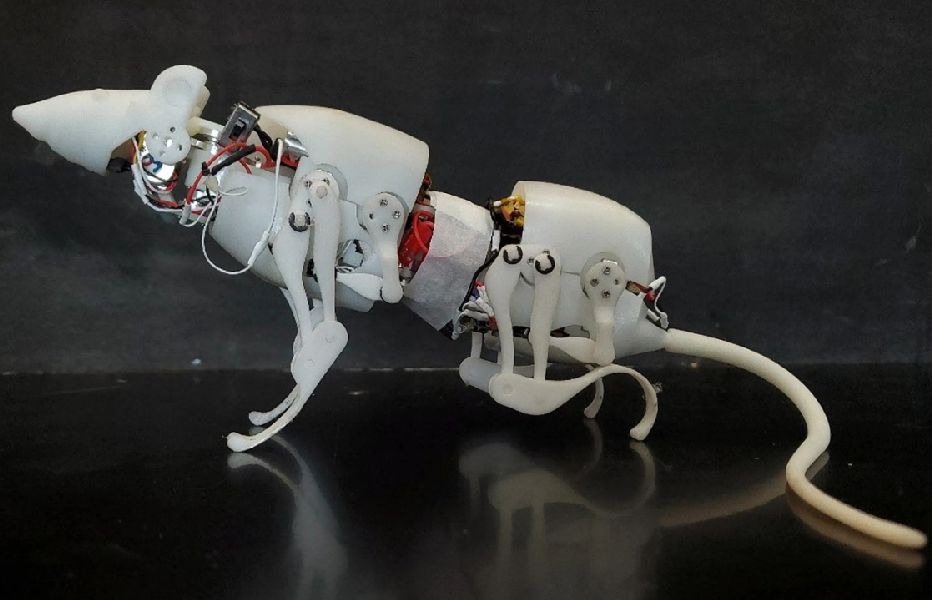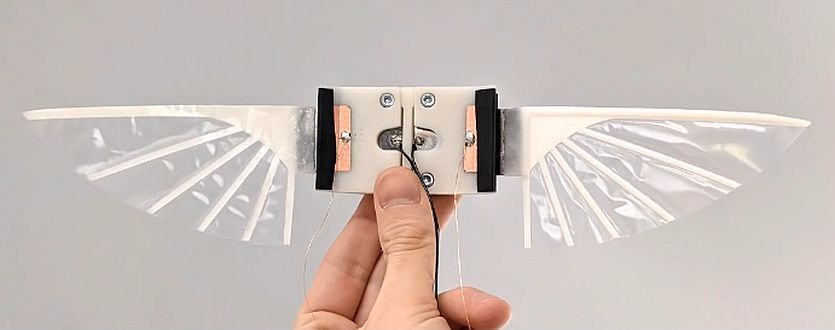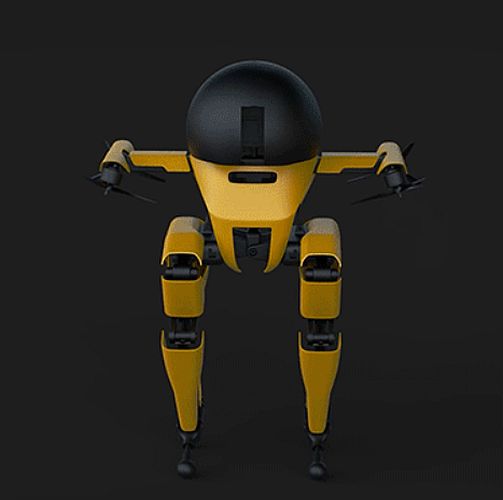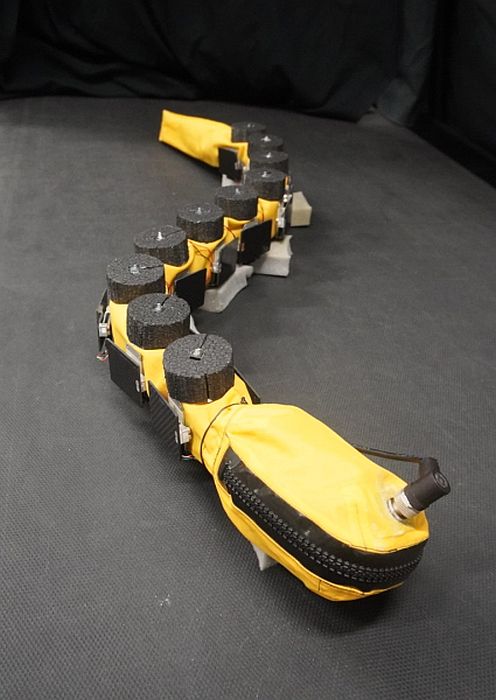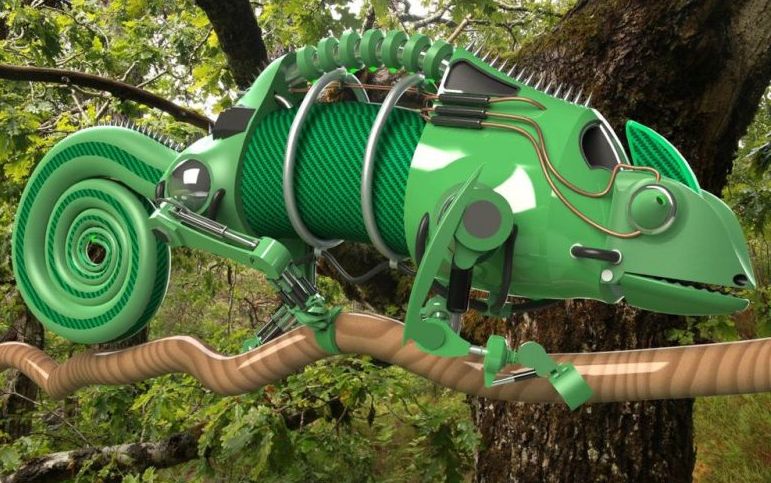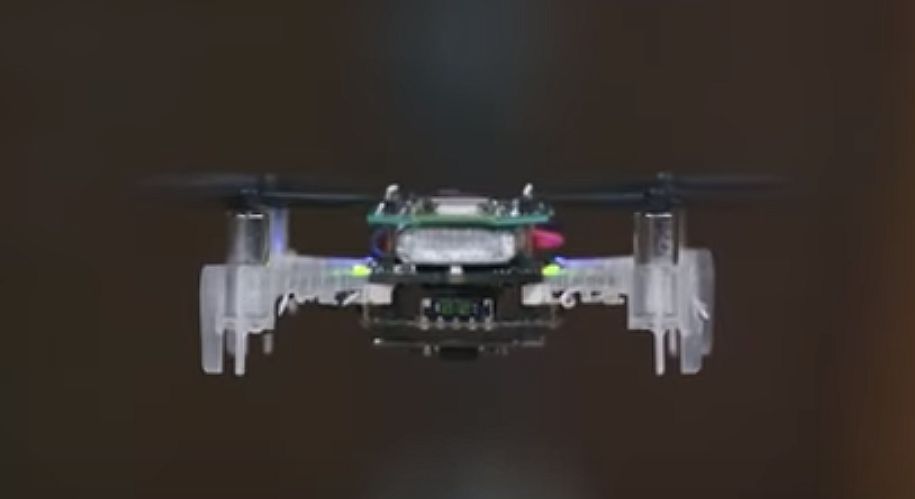How about a dragon flying around, but get this – not spitting out fire, but actually putting out flames with water! Japanese researchers are up with concretizing this cool idea. Thinking of firefighting dragon as blasting water on out-of-control fires, these scientists are working on a dragon buddy, which someday would join firefighting teams worldwide. It’s like a mix of myth and modern-day firefighting.
Read MoreTag: biomimicry
Plant-inspired Controller for Robotic Arms: Biomimicry
Biomimicry is the practice of imitating biological systems and processes. So far, it has been a valuable approach in robotics. By copying animals’ designs, engineers have tried to replicate billions of years of evolution. It has resulted in highly efficient and adaptable designs that nature has already passed on to. For instance, energy-efficient walking patterns inspired by animal gaits or bio inspired vision systems or lizard inspired four-legged robot.
Read MoreBio-Inspired Device that Mimics Human Eye: Artificial Vision Systems
Inspired by the natural design of our retinas, scientists at Penn State have created a sensor array using narrowband perovskite photodetectors to replicate the function of our cone cells. Cone cells in our eyes are responsible for color vision. And they are sensitive to red, green, and blue light wavelengths.
Read MoreA Quadruped Robot with Proprioception and a Tail: Biomimicry
Nature has always inspired philosophers, scientists, and researchers alike. When it comes to solve human problems or create innovative products and technologies, studying nature’s designs and processes lead to more sustainable and efficient solutions. Afterall, nature has had millions of years to develop solutions to problems. These solutions have been honed through the process of natural selection. Learning and getting inspired from nature’s solutions, is called biomimicry. Designers, engineers, and scientists are inspired from nature to create more sustainable and efficient products and systems.
Read MoreLizard Inspired Four-legged Robot: Biomimicry
Technological advancement has opened-up exciting possibilities for research in space and celestial bodies beyond the Earth’s atmosphere. The use of robots in space exploration has greatly increased our understanding of other planets, especially Mars, and its possibility for supporting life. The exploration of Mars and its surface for extra-terrestrial life has always been a fascinating undertaking for astronomers. Additionally, the discovery of resources on Mars, such as water and minerals, could be an asset in future human missions.
Read MoreMicrobial Miners to Colonize the Moon and Mars: Biomimetic Mining
Evolutionary biological processes take time but what if we introduce microbial catalysis to the system? The phenomenon of how cyanobacteria obtain nutrients for its survival from rocks in Atacama Desert inspired an international team of collaborators from University of California and Johns Hopkins University to consider the microbes as tools that may help humans to develop colonies on the moon and Mars.
Read MoreButterfly Robots with Bistable Wings: Biomimicry
In an effort to create faster and more energy-efficient soft robots, researchers at North Carolina State University have created a prototype of swimming soft robots based on manta rays. The team got inspired from the biomechanics of the marine animal. Rate of swimming for most of the (swimming) soft robot is one body length per second, manta rays, however, glide at much faster rate. Their swimming efficiency triggered the scientists to look into the potentiality of creating a similar robot, biomechanically.
Read MoreCrab Inspired all weather Vision System: Biomimicry
To improve the imaging component in robotics, researchers have been trying to create various types of highly performing cameras, sensors and artificial vision systems. Most of the vision systems are bio-inspired that is, they have been emulated from the systems and elements of nature including humans, animals, insects and fish. These systems, however, have their own restrictions because they operate in limited environment respectively. For instance, majority of (bio-inspired) existing sensors and cameras works either one of the following scenarios: on the ground like biomimetic eye with a hemispherical…
Read MoreNew Microbot Scuttle like a Crab: Biomimicry
Engineers at Northwestern University have developed nano-scale robots that scuttle like small peekytoe crab. The tiny crab-bots measure around half-millimeter wide. Like the decapod crustaceans, the bot can bend, twist, crawl, walk, turn and even jump. Not only the nano crab like devices, engineers have also created same sized robotic inchworms, crickets and beetles. Researchers envision that their technology will explore practical tasks inside tightly confined spaces.
Read MoreSQuRO, Quadruped Robotic Rat: Biomimicry
Nature has always inspired robotics engineers to design bots with the same agility and efficiency. And this is also one of the reasons why researchers look up to biomimicry to solve human design challenges. When it comes to navigate tight and congested arenas wouldn’t rodents be the best options to design a device? Researchers at Beijing Institute of Technology (BIT) thought the same. According to Qing Shi, a Professor at BIT, legged robots have limitations when operating in narrow spaces. Micro quadruped robots too can face performance issues due to…
Read MoreInsect sized Flying Robot with Flapping Wings: Micro air Vehicle
Researchers at the University of Bristol, U.K. have fabricated a flapping-wing microrobot that can produce more power than a similar-sized insect. The micro-air vehicle is a product of biomimicry, inspired from bees and other flying insects.
Read MoreBiomimicry: LEONARDO, the Bipedal Robot can Walk and Fly
Nature not only inspire poets, artists, painters but also engineers. In an attempt to simulate the locomotion of birds, researchers at Caltech have developed a bipedal robot that has a movement that is between walking and flying.
Read MoreSwimming is Dynamics of Two Nervous System: AgnathaX
Starting in the early 1900s, one of the problems that baffled neuroscientists worldwide was the role of central and peripheral nervous systems in swimming locomotion. In other words, how swimming locomotion is generated and how vertebrates synchronize the rhythm that is required for the locomotion.
Read MoreChameleon Inspired Next-Generation Artificial Camouflage: Biomimicry
To depict natural camouflage characteristics via artificial camouflage at device level has remained a challenge since decades. However, researchers at Seoul National University have developed an artificial camouflage that can adapt and blend with its surroundings. A defense strategy as seen in the case of chameleon that changes its appearance to avoid predators.
Read MoreFruitflies Inspired Tiny Drones To Locate Gas Leak Source: Biomimicry
Biomimicry is not only shaping sustainable designs but it’s also revolutionizing the robotic technology. Researchers today are picking up learning from animal and insect kingdom to develop locomotion and structures in their labs.
Read More
